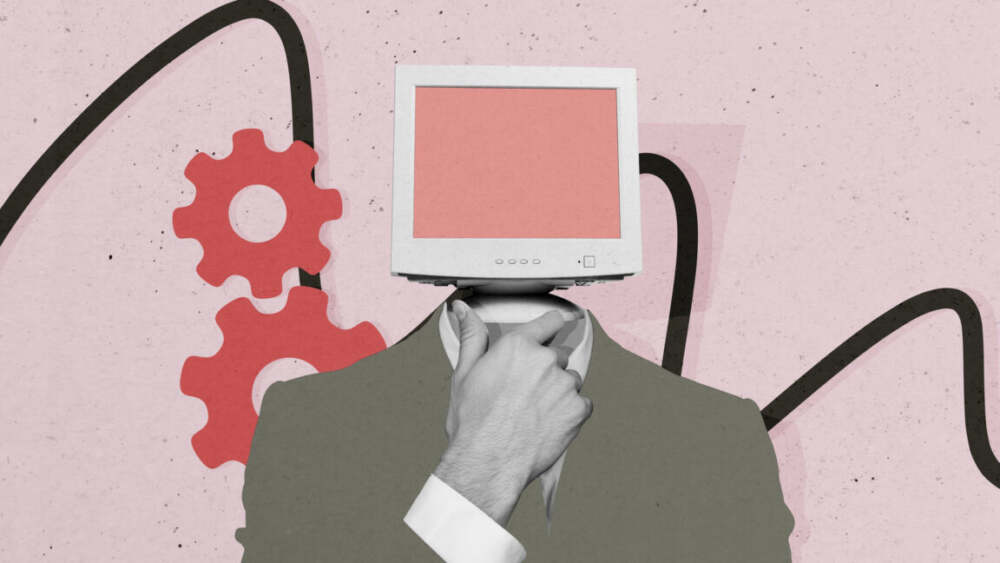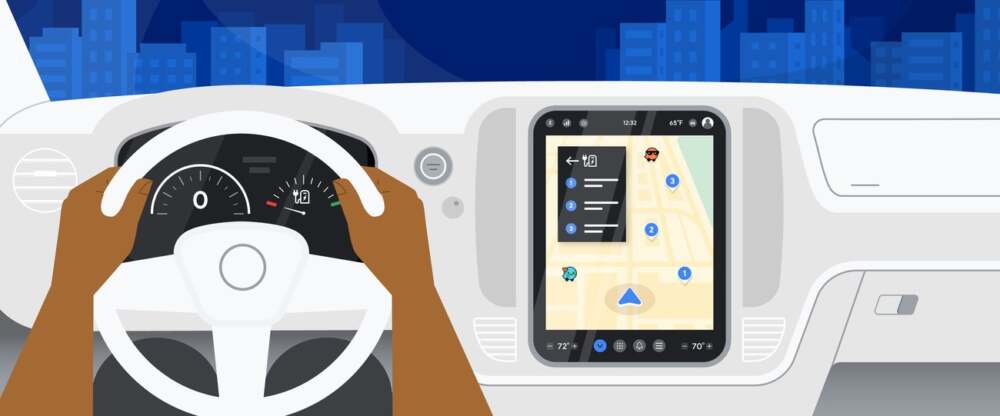San Bruno — A wave of frustration has swept through tech creators on the video‑platform landscape after a number of widely viewed tutorials covering programming, software tools and AI development were unexpectedly removed. Amid speculation that artificial‑intelligence systems might be behind the purges, the platform made a public statement today denying that AI alone was responsible for the removals, and attributing the incidents to its broader policy enforcement framework.
What happened
Over the last week, dozens of tech‑tutorial videos—many from well‑established creators—were taken down without clear explanation. The affected content ranged from deep‑dive coding walkthroughs to how‑to guides on AI‑driven apps. In several cases the creators reported receiving generic notices stating “policy violation,” despite no apparent infringement of copyright or community guidelines. This spurred widespread speculation that the platform’s algorithmic moderation, perhaps driven by AI, had mis‑fired, and prompted content creators to ask questions of transparency and fairness.
Platform response
The video‑platform responded by stating that while automated systems play a role in identifying flagged content, human review remains central to removal decisions. A spokesperson clarified that AI alone does not initiate removals, and emphasised that many of the videos were removed after review for reasons tied to deceptive practices or misleading content rather than purely tech‑tutorial subject matter. They acknowledged that from the creator community’s perspective the timing and pattern of removals look arbitrary, and committed to improved communication and clarification around the decision‑making process.
Why this matters
- Trust & transparency: For creators, the uncertainty about how content is moderated undermines trust. Tech‑tutorial creators, who rely on clarity and predictable rules, are especially exposed.
- Innovation chill: If educational videos are at risk of removal without clear reason, it could discourage creators from producing advanced or niche technical content, hampering knowledge sharing.
- AI moderation scrutiny: The incident highlights ongoing concerns about the use of AI in content moderation. Even if AI wasn’t solely responsible, the perception that it might have been fuels the debate about accountability and oversight.
- Policy confusion: The enforcement framework appears to overlap between algorithmic flags and manual review, and creators feel caught in the gap between broadly‑stated policies and opaque decision‑making.
What to watch
- Whether the platform publishes clearer guidelines specifically for tech‑tutorial content or offers an appeal pathway tailored to educational creators.
- How creators adapt: will they shift platforms, change how they label or structure videos, or diversify their presence to reduce risk?
- Whether any other platforms face similar waves of content‑removals among educational or technical categories, or whether this remains isolated.
- The broader regulatory momentum around algorithmic moderation—to‑what‑extent regulators push for transparency when automated tools are involved.
Final thought
While the video‑platform insists that AI alone did not drive the recent removals of tech tutorials, the episode underscores deeper mistrust among creators and the wider community about how content is governed in the algorithmic age. As educational tech content continues to grow in importance, ensuring that creators feel safe and that moderation is applied fairly will be key to sustaining vibrant online learning ecosystems.
















Leave a Reply